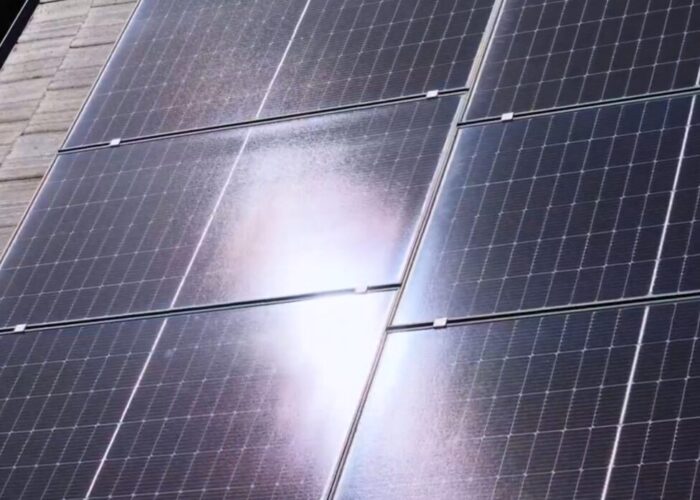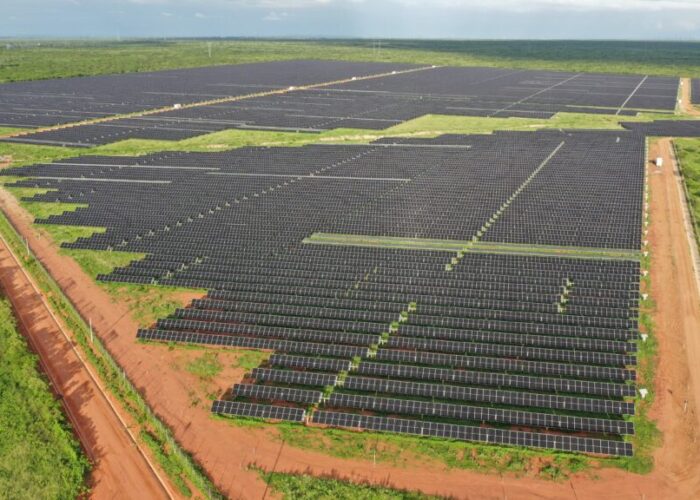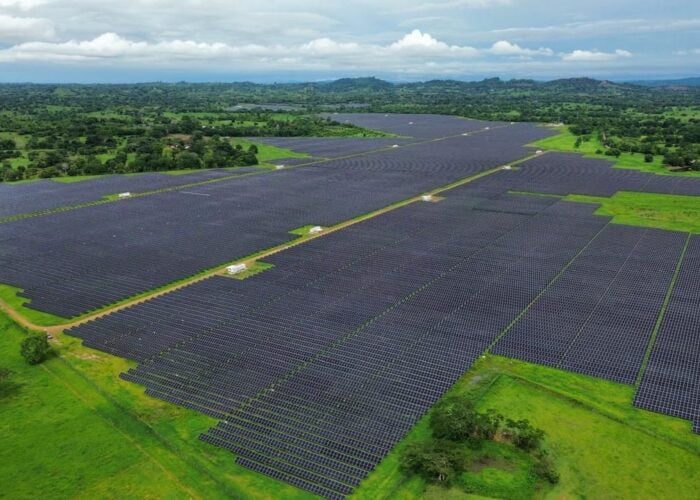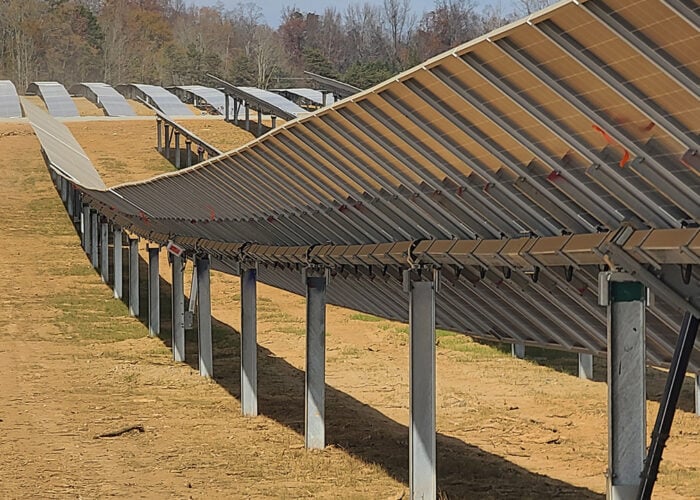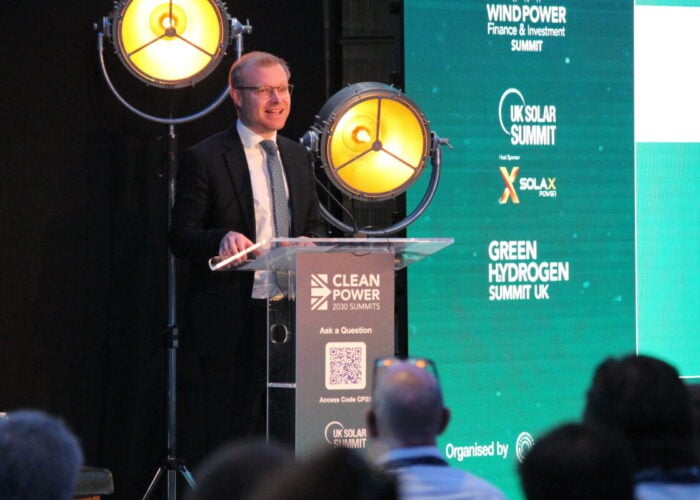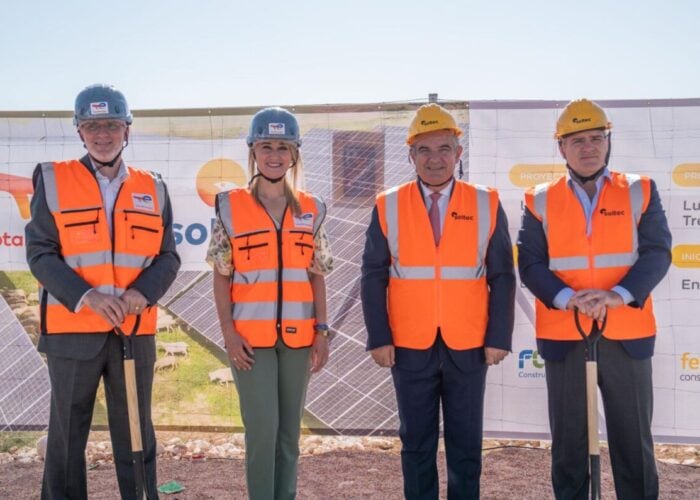Product Briefing Outline: The Schmid Group has launched a new Tabber Stringer created in cooperation with the Wolf company. The system is designed to offer high precision performance combined with minimum handling and a soldering method that is claimed to reduce the risk of cell damage during processing and handling.
Problem: Tabbing and stringing is carried out in two steps whereby minutely exact positioning of the solder ribbons on the rotating table of the tabbing unit and highest repetition precision are required.
Unlock unlimited access for 12 whole months of distinctive global analysis
Photovoltaics International is now included.
- Regular insight and analysis of the industry’s biggest developments
- In-depth interviews with the industry’s leading figures
- Unlimited digital access to the PV Tech Power journal catalogue
- Unlimited digital access to the Photovoltaics International journal catalogue
- Access to more than 1,000 technical papers
- Discounts on Solar Media’s portfolio of events, in-person and virtual
Solution: The accuracy of cell positioning along the linear axis in the stringer unit allows production of one-hundred percent straight and regular strings for the first time ever.
The use of different stations for quality control prior to and during the process and the automatic rejection of defect cells ensure a constant level of high quality while preventing the production of faulty strings. The combination of soldering processes is a new feature of this application. Contact-free resistance heating is used to bond the ribbons to the cells. The uniform temperature profile generated along the entire solder ribbon–busbar connection during this process creates a homogenous, high quality solder result. The tabbed cells are then connected in series to create strings, again by means of non-contact laser beam soldering. Both these soldering methods are lead-free and are characterised by highest-level accuracy, repeatability and low maintenance requirements.
Applications: Crystalline solar cell tabbing and stringing.
Platform: The new Tabber Stringer strong output performance (1,200 cells per hour) with a minimum breakage rate (< 0.3 %) and space-saving design. An upgrade from 25MW to 50MW can be accomplished at low cost and little effort and does not require additional space. It incorporates the possibility of processing very thin cells from 130µm. The systems has a space-saving foot-print of 3.3 m².
Availability: Schmid will deliver the first Tabber Stringer to customers in January 2010.

